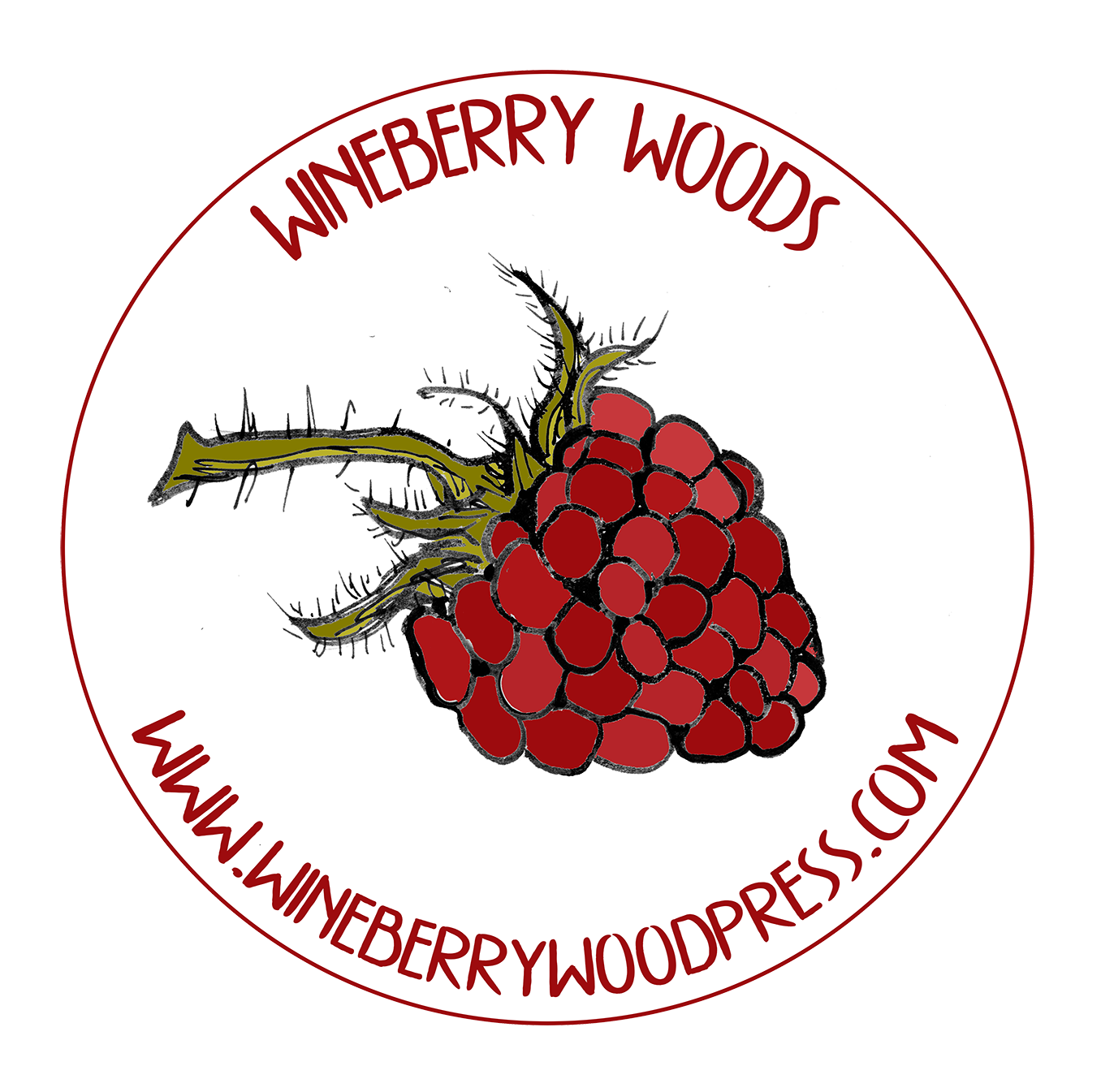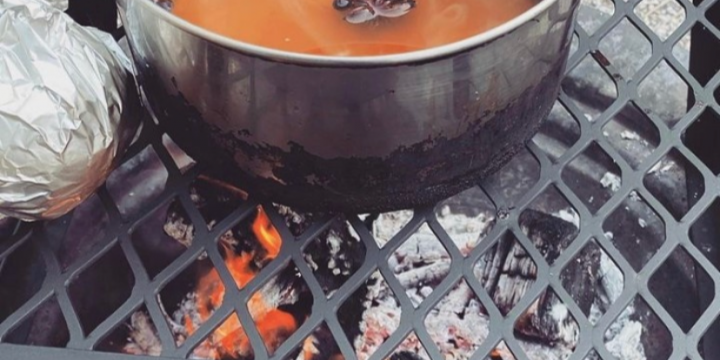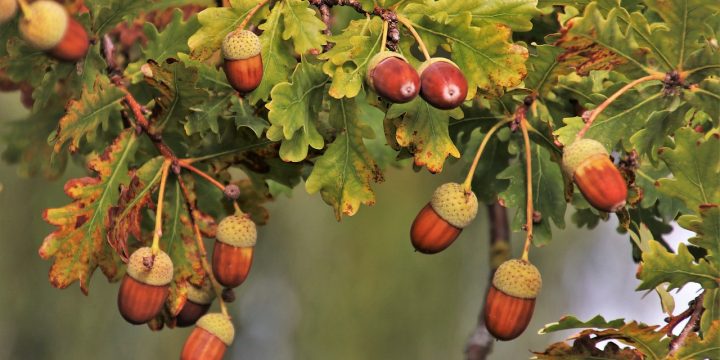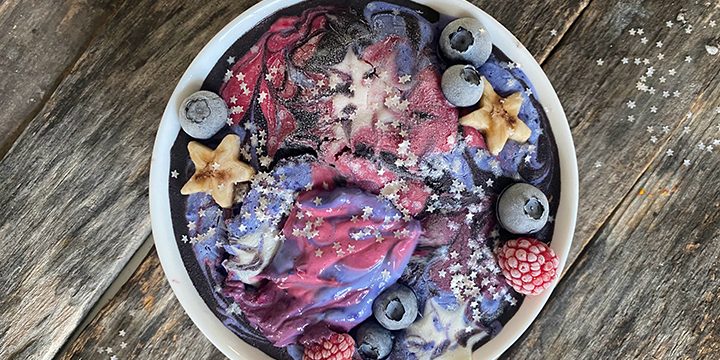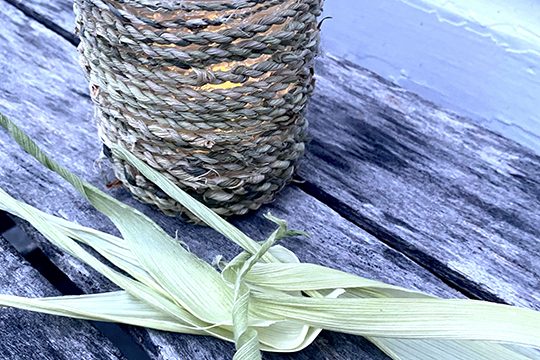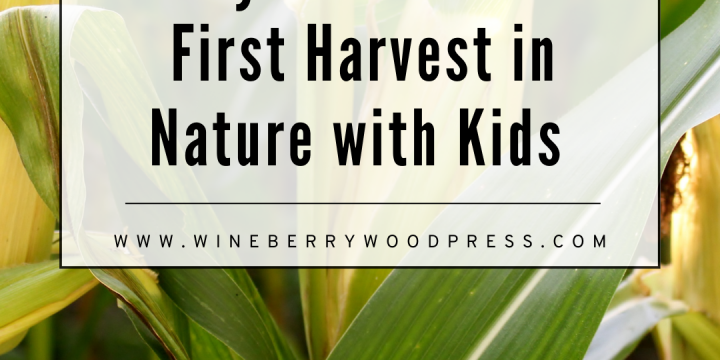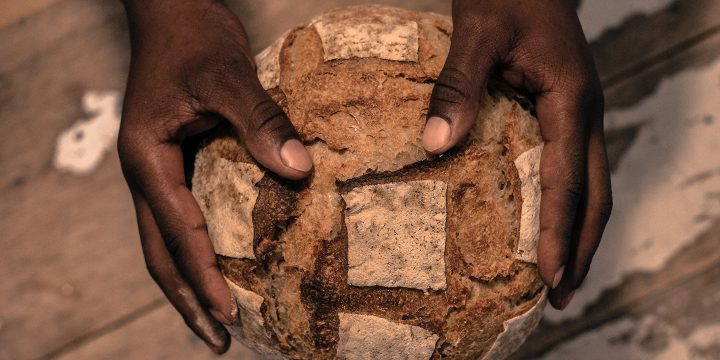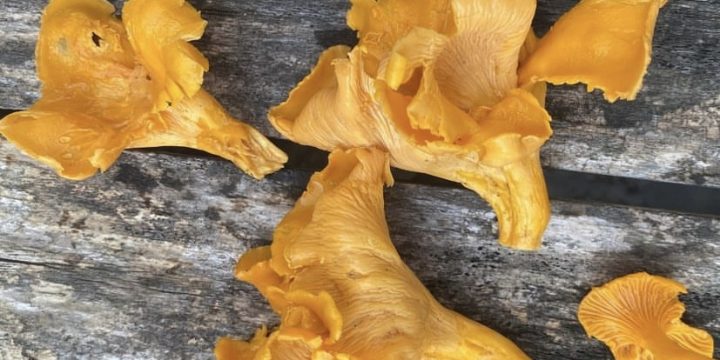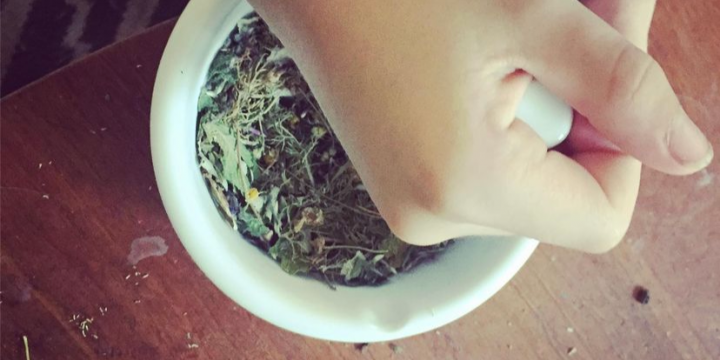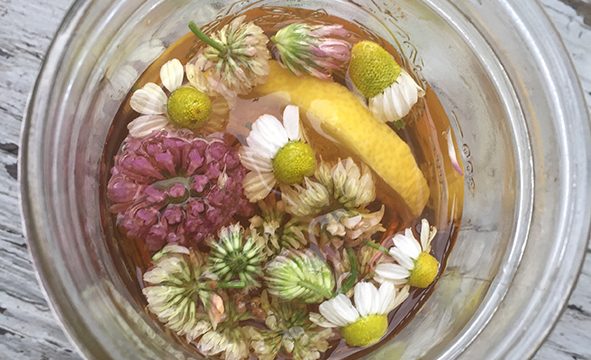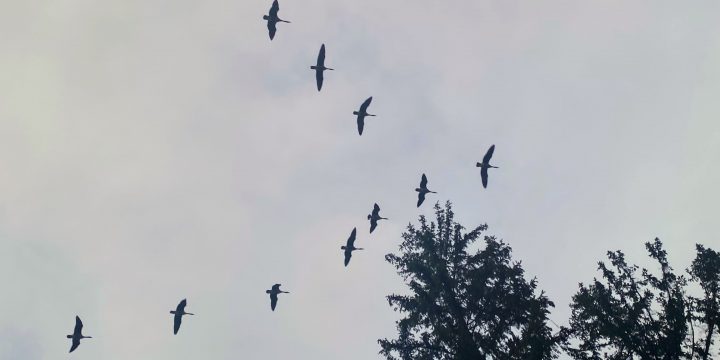
Signs of Fall
I am generally opposed to worksheets- they squash creativity and are limiting. Consequently I am never impressed with the "fall scavenger hunt" printables that make the rounds this time of year. For one thing fall looks different depending on where you live. That said, this is great time to look for signs of the upcoming seasonal shift. It's a great practice as an adult to focus and hone in on subtle shifts in nature and I find that it is downright thrilling for kids. (As well as setting them up to be adults who notice the subtle shifts in nature...) So ditch the worksheets and just bring a nature journal or sketchbook and try listing and or drawing pictures of the things you see. If you do this year over…
